Growing Export Opportunities
The cassava market in Indonesia is experiencing a notable increase in export opportunities, driven by rising global demand for cassava-based products. In 2025, Indonesia's cassava exports are projected to reach approximately $300 million, reflecting a growth of 15% from the previous year. This surge is attributed to the expanding markets in Asia and Europe, where cassava is utilized in various applications, including food, animal feed, and industrial products. The Indonesian government is actively promoting cassava as a key agricultural export, which is likely to enhance the competitiveness of local producers. As a result, the cassava market is poised to benefit from improved trade relations and increased foreign investment, potentially leading to enhanced production capabilities and market expansion.
Expansion of Value-Added Products
The cassava market in Indonesia is witnessing a notable expansion in value-added products, which is reshaping the industry landscape. As consumer preferences evolve, there is an increasing demand for processed cassava products such as chips, flour, and starch. In 2025, the market for value-added cassava products is projected to grow by 25%, driven by both domestic consumption and export opportunities. This trend is encouraging local entrepreneurs to invest in processing facilities, thereby creating jobs and stimulating economic growth. The cassava market is likely to benefit from this shift, as value addition not only enhances profitability for producers but also contributes to the overall development of the agricultural sector in Indonesia.
Technological Advancements in Cultivation
Technological innovations in agricultural practices are significantly impacting the cassava market in Indonesia. The adoption of precision farming techniques and improved seed varieties has led to increased yields, with some farmers reporting productivity gains of up to 30%. These advancements not only enhance the efficiency of cassava cultivation but also contribute to the overall sustainability of the industry. The integration of digital tools for monitoring crop health and soil conditions is becoming more prevalent, allowing farmers to make informed decisions. As these technologies become more accessible, the cassava market is likely to see a transformation in production methods, resulting in higher quality products and reduced environmental impact.
Rising Health Consciousness Among Consumers
There is a growing trend of health consciousness among Indonesian consumers, which is positively influencing the cassava market. As more individuals seek gluten-free and nutritious alternatives, cassava is increasingly recognized for its health benefits, including being rich in carbohydrates and fiber. The market for cassava-based snacks and flour is expanding, with sales projected to grow by 20% in 2025. This shift in consumer preferences is prompting manufacturers to innovate and diversify their product offerings, thereby enhancing the overall appeal of cassava. The cassava market is likely to capitalize on this trend by developing new products that cater to health-oriented consumers, potentially leading to increased market share and profitability.
Increased Investment in Research and Development
Investment in research and development (R&D) is becoming a critical driver for the cassava market in Indonesia. With the aim of improving crop resilience and developing new processing techniques, both public and private sectors are allocating resources to R&D initiatives. In 2025, it is estimated that R&D funding for cassava-related projects will exceed $50 million, focusing on enhancing disease resistance and optimizing processing methods. This investment is expected to yield innovations that could significantly boost productivity and product quality within the cassava market. As R&D efforts progress, the potential for new applications and markets for cassava products may emerge, further solidifying its role in Indonesia's agricultural landscape.


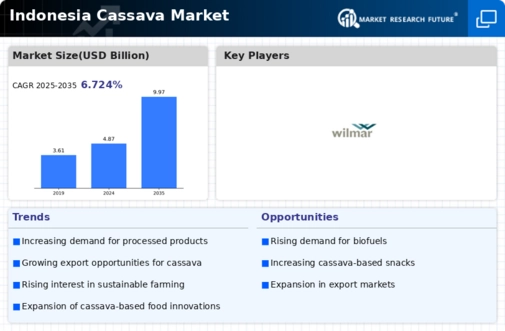
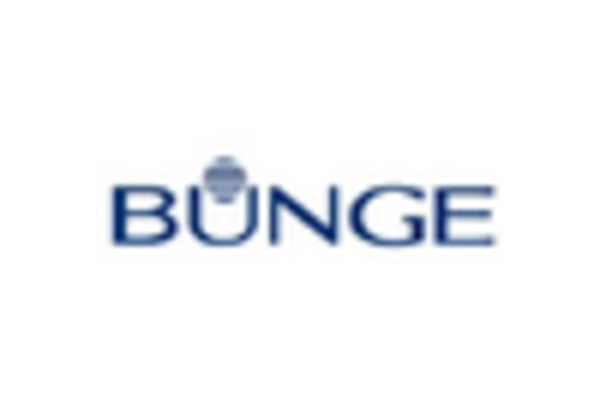

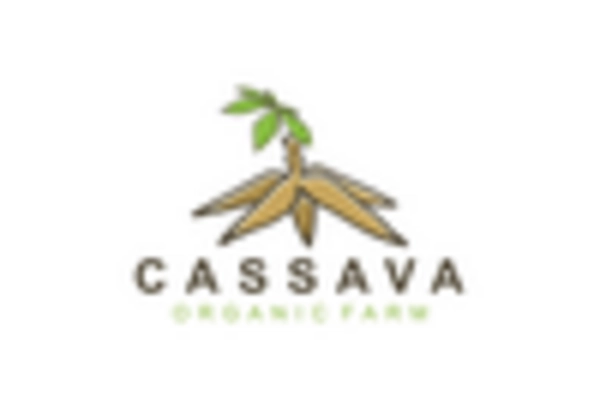
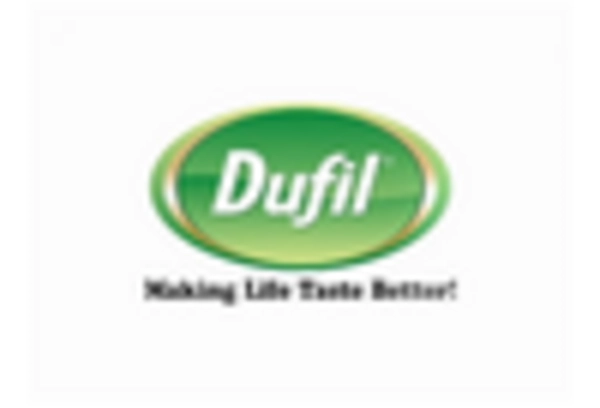
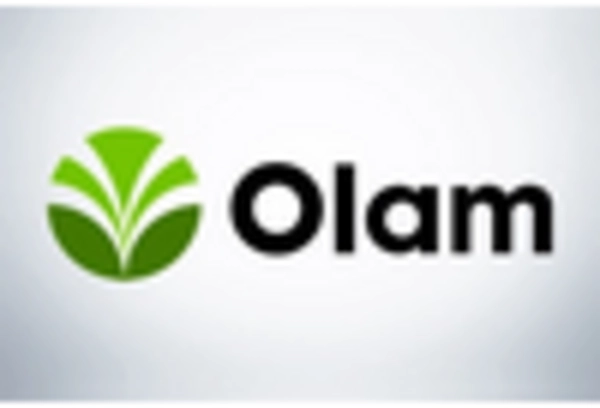









Leave a Comment